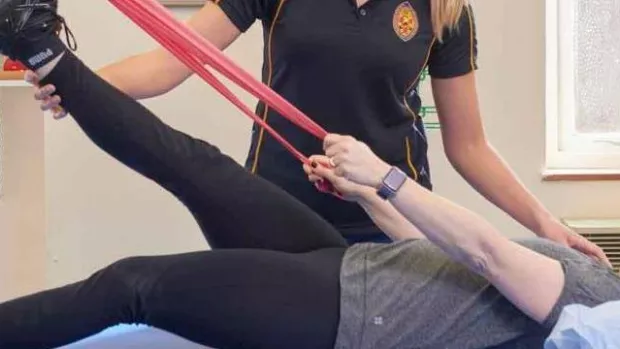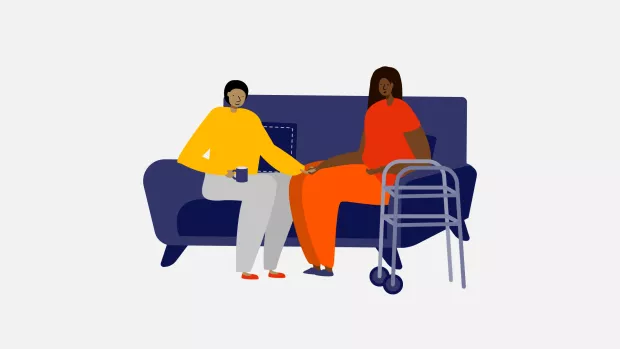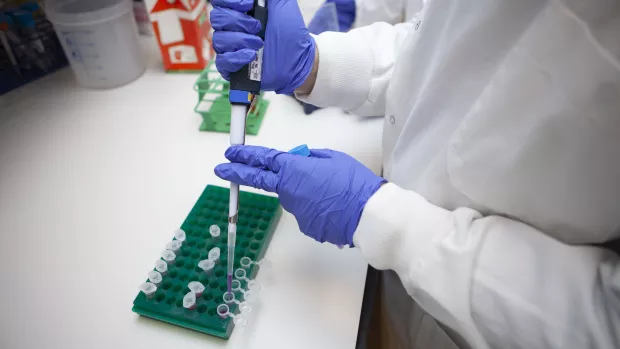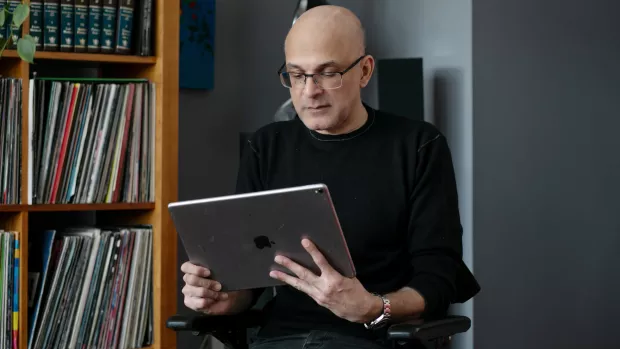
Treating progressive MS
There are now new disease modifying therapies (DMTs) for some types of progressive MS.
Early primary progressive MS
A new drug called ocrelizumab (Ocrevus) became available for primary progressive MS in 2018. It's an infusion you have every six months. To get it you must be early on in your primary progressive MS. Depending on your level of disability, 'early' means it's been between 10 and 15 years since your MS began.
Your MS must also be active, meaning your MRI scans show signs of recent inflammation in the shape of new or growing lesions. Another sign of inflammation is if you still have relapses.
Your score on the Expanded Disability Status Scale (EDSS) must be between 3 and 6.5. A score of 6.5 means you need 2 walking aids - like canes or crutches - to walk about 20 metres without having a rest.
You won't qualify to get this drug if your score is 7 or higher, in other words, if you've been using a wheelchair all the time for at least six months. This is because there's not yet enough evidence that a DMT would make enough difference if your MS has got this far.
HSCT might be another DMT option for a small number of people with primary progressive MS who still have inflammation.
Active secondary progressive MS
Having active secondary progressive MS means there are signs of recent inflammation on your MRI scans (new or growing lesions), or you still get relapses. One of the beta interferons, the injectable DMT Extavia, has been available for this type of MS for years.
In 2020 a new DMT for this type of MS became available on the NHS across the UK. It's called siponimod (brand name Mayzent) and you take it as a tablet once a day.
If you’ve been using a wheelchair for over 6 months, you won’t be offered a DMT like siponimod. This is because earlier drug trials seemed to show DMTs make no real difference to your MS if it’s affected your legs this much. But new trials are looking at this again.
In England you can also switch to siponimod if you have active secondary progressive MS and your disability is getting worse even though you're already on a DMT. You don't need to wait for a relapse to happen or for new or growing lesions on your MRI scans.
HSCT might be another DMT option for a small number of people with secondary progressive MS who still have inflammation.
Treatments for progressive MS that isn't active
Unfortunately there are still no DMTs available yet for primary or secondary progressive MS where there are no signs of active inflammation on MRI scans, or where no relapses are happening. This is what most people with progressive MS have. But there are other treatments and techniques to manage your condition.
They include a wide range of treatments for individual MS symptoms which you can discuss with your health professionals. Your options include:
- symptom management - this could be drug treatments, rehabilitation therapies (like physiotherapy or cognitive behavioural therapy) or a combination of the two
- avoiding complications - like making sure you seek treatment for bladder infections
- managing your symptoms - for example trying our exercises for fatigue
- looking after your general health and well being - we can help with information on diet and exercise.
If your symptoms are changing, you can ask for a review with your health professional, if you don't already have an appointment coming soon.
You can read a lot more about treatments in our booklet about progressive MS.
















